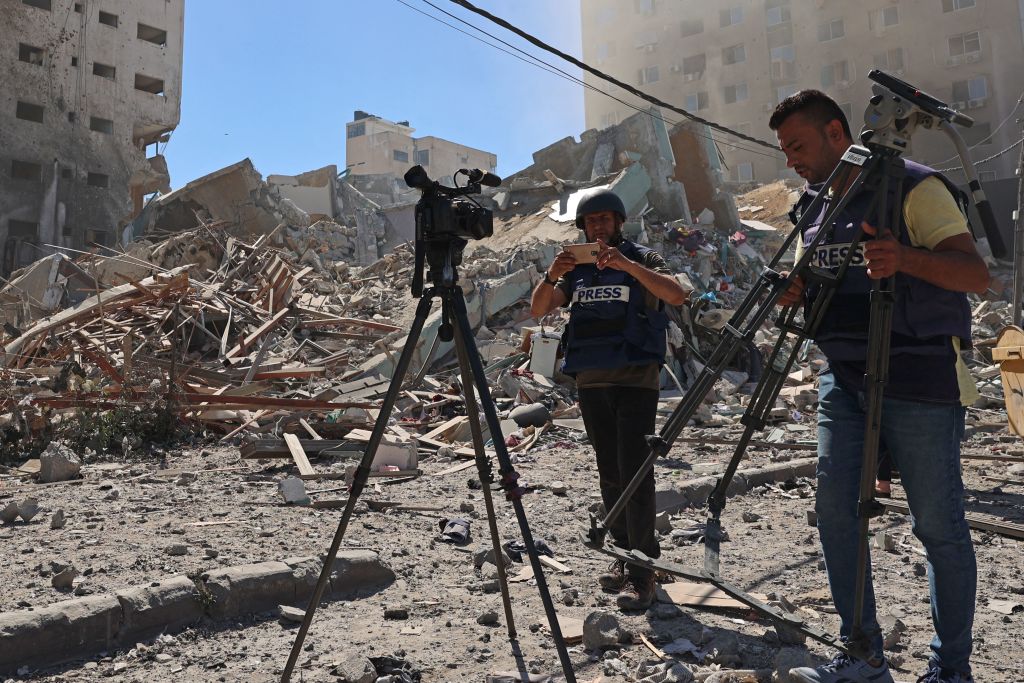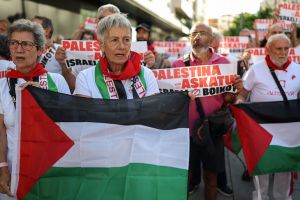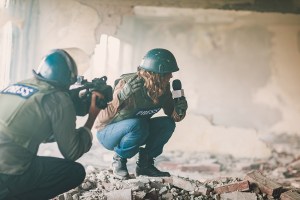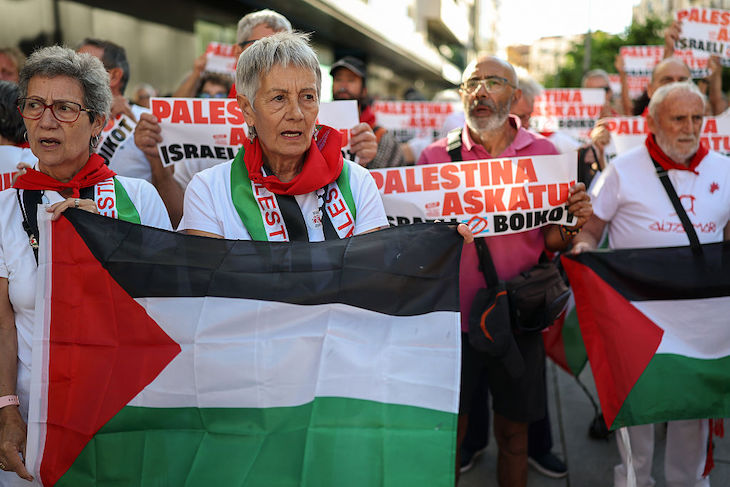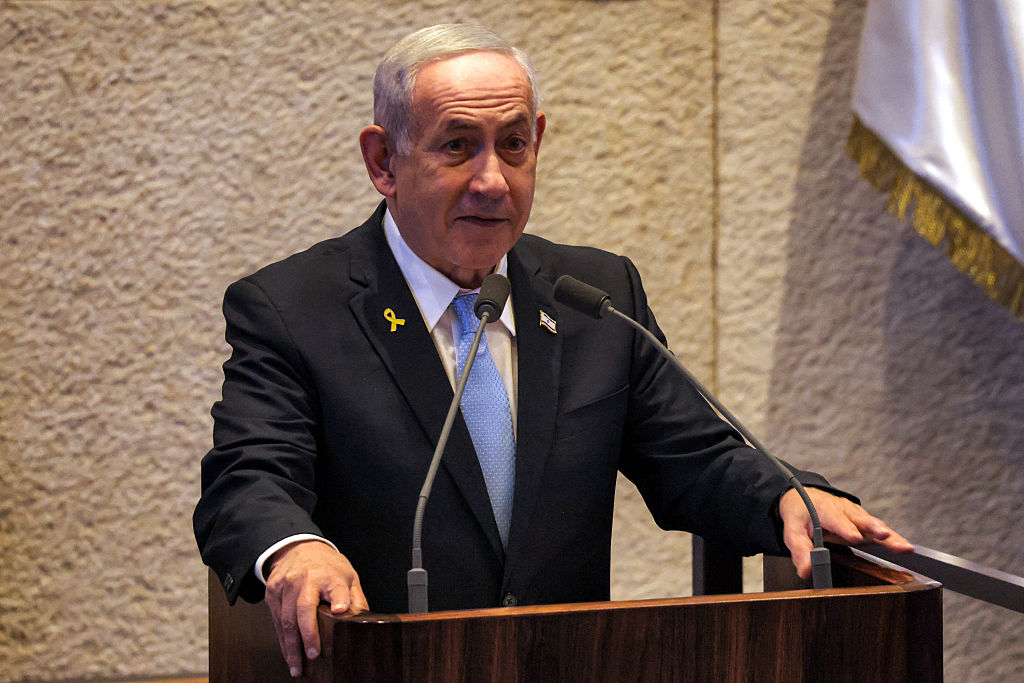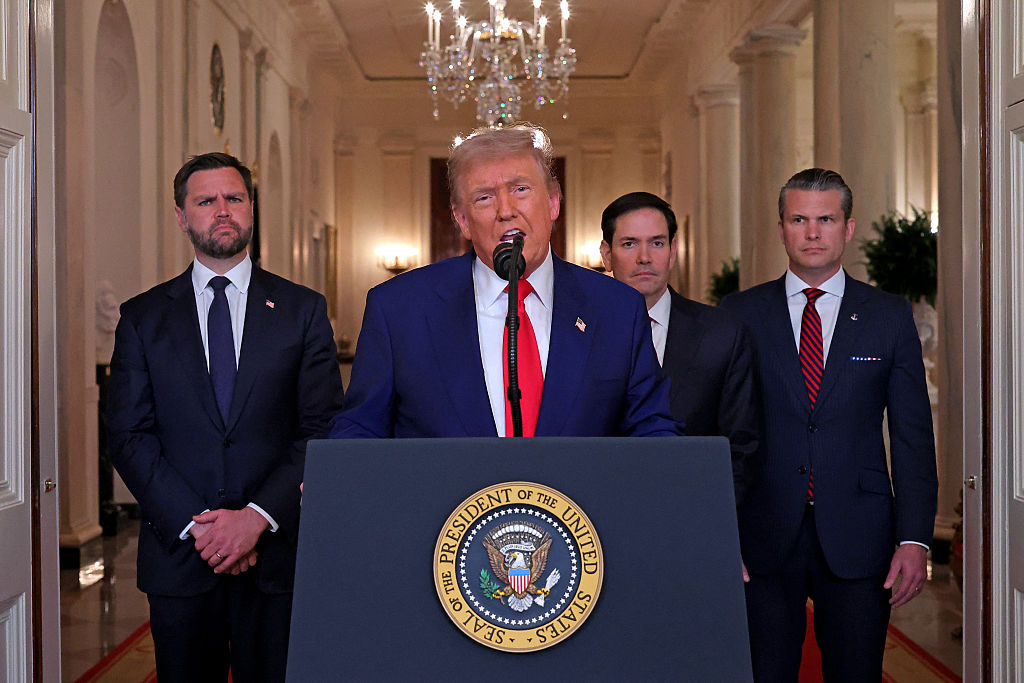Once, long ago, in a land far away, the best journalists tried to stand aloof from the stories they reported. The idea was simple and powerful. If journalists tried to be neutral and kept their reporting separate from their opinions, analysis, and speculation, then the public would believe them.
Those days are long gone — and the media’s credibility is gone with them. Journalists and media organizations are now smack in the middle of many stories they cover, in part because they want to be. They want to spin them, to set ‘the Narrative’.
Imbued with this new mission, many journalists have become partisan protagonists. They have deliberately blurred the lines between facts, analysis and opinion — and downplayed the traditional role of presenting the facts neutrally and letting readers decide. That’s a dramatic change in journalistic norms and a disturbing one for both the media and the public.
In a few cases, the media cannot avoid becoming directly involved. That happens when reporters are arrested, as they are at some demonstrations. Or when they are prevented from covering stories, as they have been at overcrowded migrant facilities on the US border.
When media organizations are drawn into stories like these, they need to do two hard things simultaneously. First, they need to publicize the harmful restrictions and identify those responsible for them. Second, they need to set aside their justifiable anger and try to cover the news story itself as fairly as possible. In the case of migrant children and families, for instance, we still need to know what is happening on the southern border, as well as who is trying to prevent the story from being covered fully.
One of the sad features of modern media (and there are many) is that these symptoms of decline have affected the Associated Press. Once considered the epitome of neutrality and fairness, the AP has become a woke organization. It’s hardly the Gender Studies Department at Oberlin, but all too often it spins stories and headlines instead of reporting them straight. That would be troubling at any time, but it is particularly troubling now that financially-strapped newspapers rely so heavily on cut-and-paste reports from outside sources, primarily the AP.
The latest example of AP’s troubled role involves its offices in the Gaza Strip, a territory controlled by Hamas. For some 15 years, the AP has operated out of an 11-story building in Gaza City, the al-Jalaa Tower, where al Jazeera also has offices. According to Israeli military intelligence, journalists weren’t the only ones in that tower. Hamas terrorists also had offices there and were using them to plan terror attacks on Jewish civilians. So, in the midst of Israel’s wider military campaign against Hamas assets, the Israeli Defense Forces told everyone to evacuate the building, which was then destroyed by aerial bombardment. No one was injured.
The Associated Press went berserk, claiming there were no Hamas offices in the building and that this was not only an Israeli assault on the AP, it was an attack on all journalism. The AP’s CEO, Gary Pruitt, demanded a full investigation and began rounding up support from other news organizations and politicians like UN secretary-general António Guterres, who was ‘deeply disturbed’ by the airstrike.
An investigation won’t turn out the way Mr Pruitt wants, not if it is truly unbiased. There is mounting public evidence, independent of Israeli intelligence, that Hamas was operating out of the building and that other people in the building knew it.
Tommy Vietor, a former spokesman for President Obama, has tweeted that he talked to people who worked in the building and who knew, first-hand, that Hamas worked there. He doesn’t find that surprising since, as he notes, Hamas ‘purposefully co-locate operations with civilians’. Vietor’s comments are especially important because he is not trying to justify the bombing, only to clarify the facts. In fact, he specifically stated that Israel ‘shouldn’t hit that building’, even though Hamas had offices there.
As the evidence mounts, the AP’s stance appears increasingly flimsy. Not that it has stopped their complaints or their protestation that Hamas never had offices in their building. That stance is beginning to resemble Sgt. Schultz’s feigned ignorance in Hogan’s Heroes: ‘I see nothing. I hear nothing. I know nothing.’ That’s not a good place for a news organization to be. In fact, it’s the opposite of what we mean by a news organization.
The Associated Press position, which it is still pushing, is that Israel had no reason to attack the building since Hamas did not have offices there, so Israel must have been either reckless or intent on stopping honest journalists like the AP. That self-serving tale appears to be false, though we still cannot be certain until more evidence has been made public.
What really matters here is whether Hamas had offices in the building and was using journalists as human shields, or at least whether Israel had good reasons to think it did. The crucial points are that the Israeli government says it had reliable intelligence that Hamas had offices in al-Jalaa Tower; Israel prevented any deaths in the building by telling occupants to leave before the bombing; Israeli intelligence communicated its evidence about these offices to its Washington counterparts, and the US is reportedly satisfied with that evidence.
That’s the report in the Jerusalem Post. We should learn more in the coming days.
The US understandably wanted to know why a press building was attacked, especially one housing an American organization. That’s why the Israelis ‘showed them the smoking gun proving Hamas worked out of that building’, according to a senior Israeli diplomat. ‘I understand they found the explanation satisfactory.’ Although that evidence has not yet been made public, the Americans have not denied that they received it or found it convincing. Whether it will be made public depends on whether it can be revealed without disclosing Israel’s sensitive intelligence methods. Another possibility would be to give the evidence to former US intelligence officials who could review it independently and offer public comments. The simplest method would be for US intelligence officials to state publicly that they are convinced by the Israeli intelligence on the al-Jalaa Tower.
If the Israeli evidence is solid, then it does more than prove the Associated Press has no complaint. It proves that the AP’s ace reporters missed a huge story within their own building. That’s worse than embarrassing. That should humiliate a competent news organization. It would prove they were either incompetent or complicit in hiding the evidence.
Is it really hard to believe Hamas would hide terrorist offices in a civilian setting like this? Of course not. That’s their standard practice. Hamas puts terror assets in schools, playgrounds, hospitals, housing towers and other civilian locations. It routinely builds entrances to its tunnels in similar locations and then routes the tunnels under homes, schools, and businesses.
A Washington Post article, written in 2014 during the last Gaza conflict, was entitled, ‘Why Hamas stores its weapons inside hospitals, mosques and schools’. The answer is perfectly straightforward: to raise the political cost for Israel to attack them. ‘Hamas chooses to use these protected areas for military purposes in order to shield itself from IDF strikes,’ the Israel Defense Forces said [at that time]. ‘And to draw international condemnation of Israel if the IDF is forced to respond.’
That’s as true now as it was in 2014, when Hamas used the Shifa Hospital in Gaza City as its de facto headquarters and shelter for terrorist leaders. At the time, Wall Street Journal reporter Nick Casey actually photographed Hamas leaders working in the hospital and tweeted it out. He, or perhaps his trusts-and-estates attorney, quickly decided it was prudent to delete the tweet, however newsworthy. Poof! It was gone, but not before the screen image was captured.
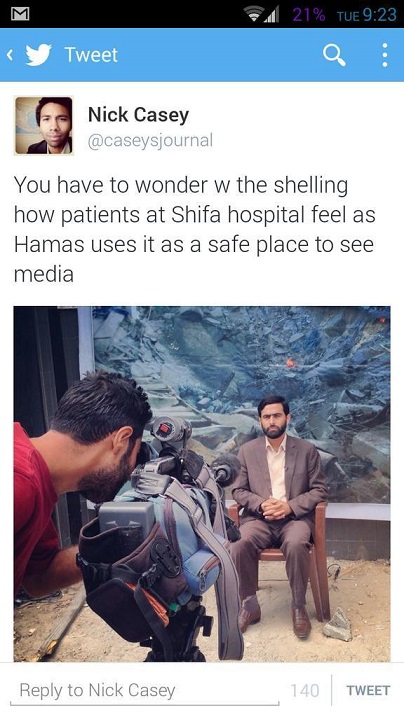
What was standard practice for Hamas in 2014 is still its standard practice. Lob rockets into civilian areas across Israel while you hide among civilians to raise the cost (and lower the chances) of an Israeli counter-attack.
Although reporters in Gaza are hardly ignorant of these Hamas practices, they seldom report them. That’s understandable. They are operating in very dangerous territory, controlled by thugs and murders. Besides that constant menace, reporters are sometimes threatened directly by Hamas operatives. That too goes unreported and for the same reasons. It’s simply too dangerous.
Would you like to be the Associated Press reporter in Gaza who filed a story headlined, ‘Hamas houses terror office in journalism building’? Life insurance companies would rather sell policies to stunt pilots and tightrope walkers. This logic of self-preservation might explain why Tommy Vietor could talk knowledgeably about the story from halfway around the world, while people halfway down the hall in al-Jalaa Tower remained silent.
This basic background is worth remembering as the Associated Press keeps up its complaints that Israel is interfering with its work. And Hamas isn’t?
No country could tolerate a barrage of rockets hitting its civilian population. Israel is no different. What is striking is how hard Israel has worked to develop practices and weaponry to lessen innocent casualties. Those practices include precise intelligence and targeting, reducing the explosive power of some weapons (to minimize collateral damage) and prior notification to all residents in buildings that might house civilians as well as terrorists.
The Israelis understand these procedures inevitably allow some Hamas and Islamic Jihad operatives to escape. But Israeli leaders are willing to pay that price for two reasons. First, they think it is right ethically because it limits civilian deaths. Second, they think it is right practically because it limits hostile international reaction. That reaction — in Europe, the Middle East and increasingly among left-wing Americans — is far less concerned with Palestinian terror attacks than with Israel’s response.
When Israel gave prior notice to the AP, Al Jazeera and others that it was about to strike the al-Jalaa Tower, it was following its standard procedures, designed to limit civilian deaths. It was willing to do so even though it allowed Hamas terrorists to escape the building.
That notification wasn’t nearly good enough for the AP, which has claimed the bombing was a deliberate, unwarranted attack on the press itself. It has won support from some other media organizations. All of them rightly wish to defend a free press. Some of them wrongly wish to bolster Hamas’s fight against Israel and, more broadly, to strip the Jewish state of its legitimacy, of its right to exist as a Jewish homeland.
We still need more information about the al-Jalaa Tower bombing. We need to know if the Israelis were right in concluding Hamas had offices there or, short of that, if the Israelis had good reasons for thinking they did. Israel’s public defense would be stronger if US officials confirmed their assessment that the underlying intelligence was solid and convincing. It would be stronger if others confirmed Tommy Vietor’s report.
Until then, the Associated Press should reconsider its position. They should spend less time acting like a protagonist and more time acting like a news organization. They should start by figuring out if they somehow missed the story of a terror organization sharing their elevator.
Charles Lipson is the Peter B. Ritzma Professor of Political Science Emeritus at the University of Chicago, where he founded the Program on International Politics, Economics and Security.



